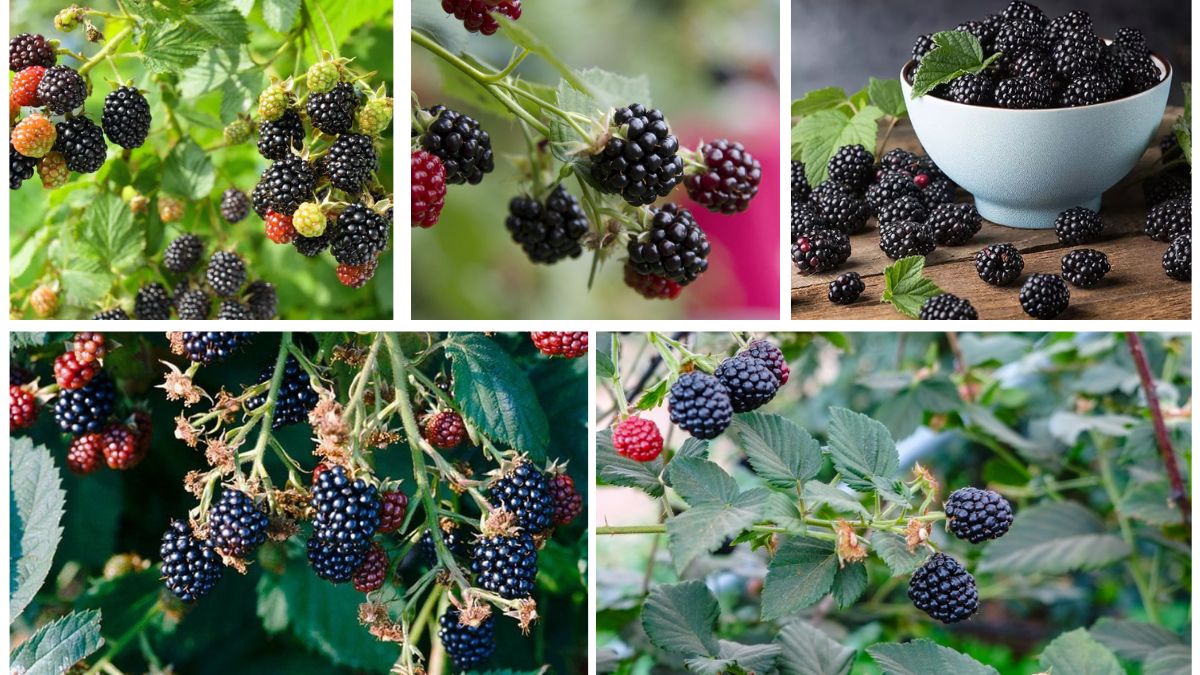Blackberries, with their juicy sweetness and health-boosting nutrients, are one of the most beloved berries worldwide. Whether eaten fresh, blended into smoothies, baked into pies, or turned into jams and wines, blackberries hold a special place in kitchens and diets across the globe. Their popularity has been rising due to their antioxidant-rich profile, dietary fiber, and versatility. But when it comes to large-scale production, you may wonder: Which country produces the most blackberries globally?
The answer lies in the dynamic agricultural hubs of Mexico, which currently leads the world in blackberry production, supplying not only domestic markets but also a large portion of the global demand. In this article, we’ll dive deep into blackberry cultivation, Mexico’s dominance, other key producers, global consumption trends, and why this berry is so important to international trade and diets.
A Global Overview of Blackberry Production
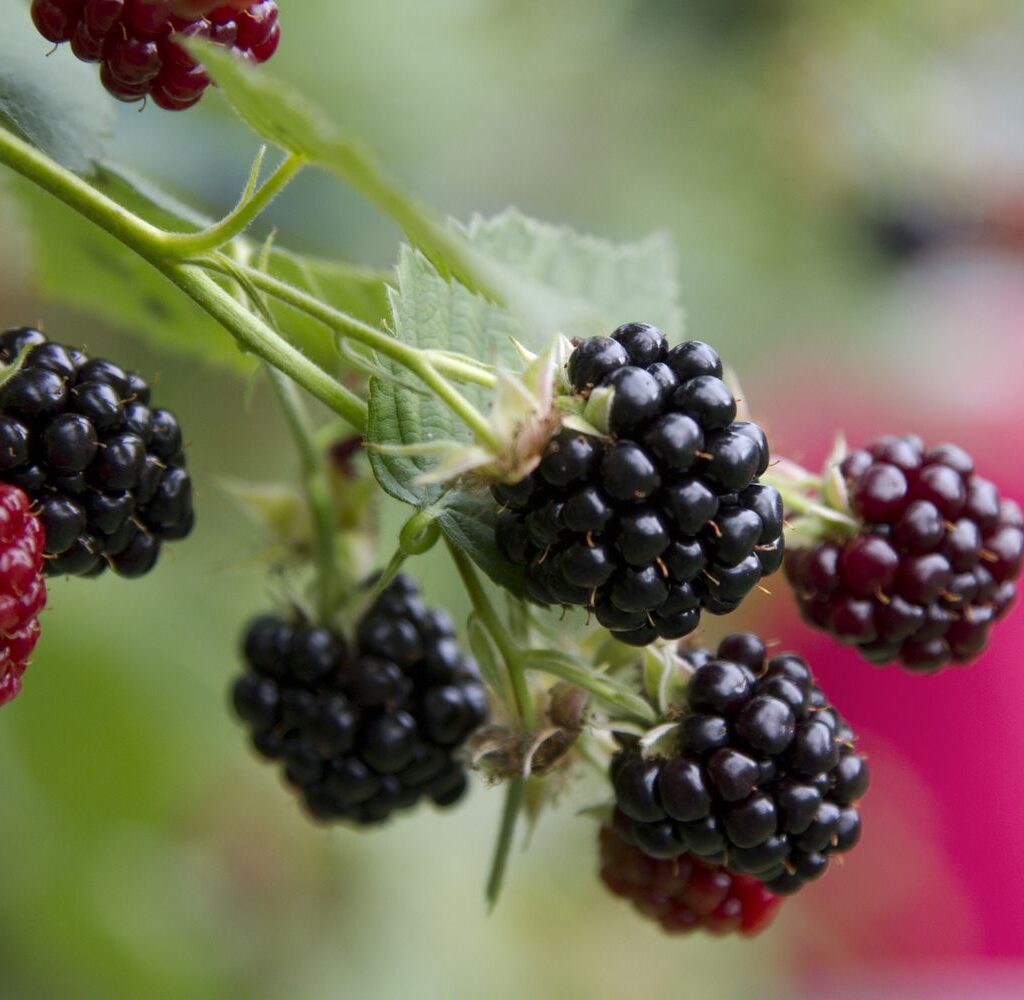
Blackberries are native to parts of Europe, North America, and Asia, but their cultivation has spread across the globe due to their adaptability and increasing demand. Unlike some fruits that thrive only in limited climates, blackberries grow well in temperate, subtropical, and Mediterranean-like conditions.
Globally, blackberry cultivation is centered in:
- North America – United States and Mexico
- South America – Chile, Colombia, and Ecuador
- Europe – Serbia, Poland, and the United Kingdom
- Asia – China, India, and smaller-scale production in Central Asia
Among these, Mexico has emerged as the undisputed leader, producing the largest share of blackberries in the world, particularly for export markets.
Mexico: The World’s Leading Blackberry Producer

Scale of Production
Mexico dominates global blackberry production with over 500,000 metric tons annually, accounting for the majority of the world’s supply. The country’s favorable climate, advanced farming techniques, and strong export networks have allowed it to surpass traditional producers like the United States and European nations.
Key Growing Regions
The heart of Mexico’s blackberry industry lies in Michoacán, a state also famous for avocados. Its fertile volcanic soils, mild climate, and access to irrigation make it an ideal environment for berry cultivation. Other states like Jalisco and Baja California also contribute to production, but Michoacán alone is responsible for the majority.
Export Dominance
Mexico exports more than 95% of its blackberry production, primarily to the United States and Canada, where demand for fresh berries skyrockets during off-seasons. With the advantage of being geographically close to major North American markets, Mexico supplies fresh blackberries year-round, ensuring consistency for consumers.
Employment and Economy
The blackberry industry has become a crucial economic driver in Mexico, generating thousands of jobs in farming, packaging, and transportation. Many rural communities in Michoacán rely heavily on berry cultivation as their primary source of income.
Other Major Blackberry Producers Worldwide
While Mexico holds the top spot, other countries also contribute significantly to global blackberry production:
1. United States
The U.S. is both a producer and a major consumer of blackberries. States like Oregon, California, and Washington are key growing hubs. The U.S. produces hundreds of thousands of tons annually but still imports large quantities from Mexico to meet demand, especially during winter months.
2. Serbia
In Europe, Serbia is a leading blackberry producer, with much of its production destined for the frozen fruit market. Serbian blackberries are often used in jams, juices, and baking products rather than fresh consumption. The country exports large volumes to Western Europe and Russia.
3. Poland
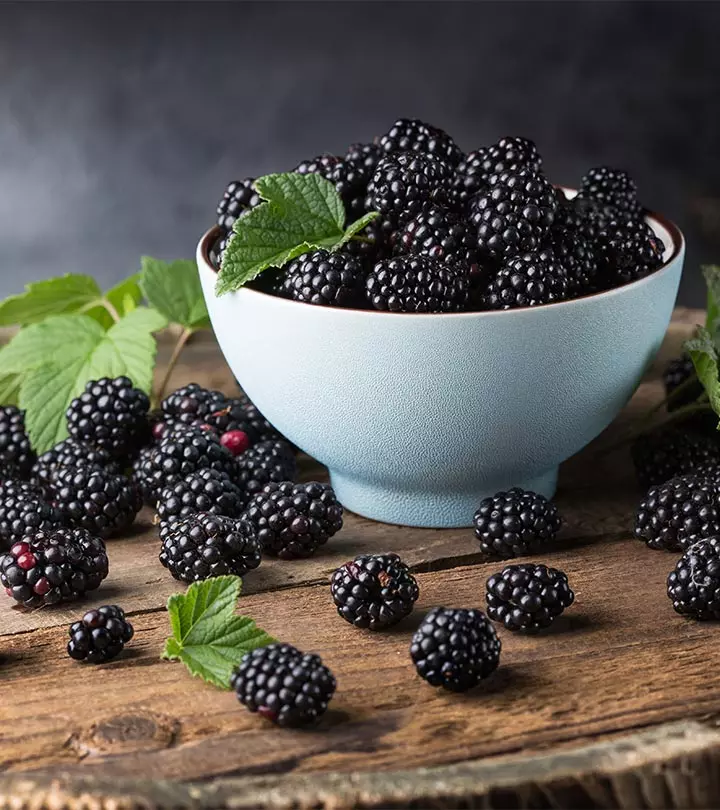
Poland is another important European producer, focusing primarily on processing blackberries into frozen fruits and preserves. The cool climate supports healthy berry crops that are highly valued in EU markets.
4. Chile
Chile has positioned itself as a reliable supplier of fresh blackberries during the Northern Hemisphere’s winter months. Its long growing season and established export channels to North America and Europe make it a significant player in the global blackberry trade.
5. China
Blackberry cultivation in China has been growing steadily, especially in provinces like Zhejiang and Sichuan. Although not yet a dominant exporter, China’s vast domestic market drives strong internal consumption.
Why Mexico Leads in Blackberry Production
Mexico’s rise to the top is no accident. Several factors contribute to its dominance:
- Climate Advantage – Michoacán’s year-round mild temperatures allow for multiple harvests annually.
- Proximity to U.S. Market – Fast transport ensures fresher berries reach consumers within hours to days.
- Export-Oriented Farming – Mexican growers have invested in high-tech greenhouses, drip irrigation, and post-harvest technology.
- Labor Availability – A skilled agricultural workforce supports intensive berry cultivation.
- Government and Private Investment – Support for infrastructure, research, and international trade agreements boosts production efficiency.
Global Demand for Blackberries
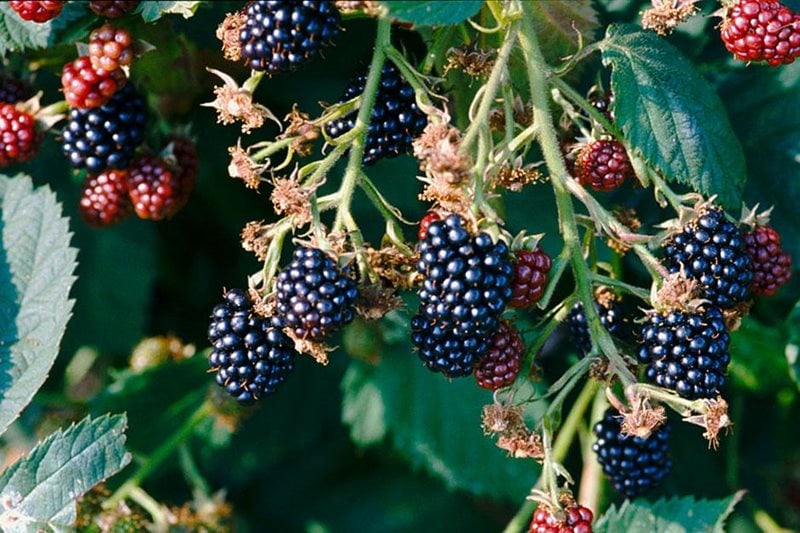
Blackberry consumption has increased rapidly over the past two decades, driven by the “superfood” trend. Health-conscious consumers are drawn to blackberries for their:
- High antioxidant levels – Rich in anthocyanins that protect against oxidative stress.
- Vitamin content – Excellent source of vitamins C, K, and A.
- Dietary fiber – Supports digestive health.
- Low-calorie profile – A nutritious, guilt-free snack.
Markets like the United States, Canada, the European Union, and Asia-Pacific countries continue to see rising demand, fueling the growth of Mexico’s exports and supporting production in secondary markets like Chile and Serbia.
Challenges in Blackberry Production
Despite growth, blackberry producers face several challenges:
- Pest and Disease Management – Pests like spotted wing drosophila can damage crops significantly.
- Labor Issues – Harvesting blackberries is labor-intensive, requiring careful handling.
- Climate Change – Unpredictable weather patterns may affect yields.
- Market Competition – While Mexico leads fresh production, other countries compete in frozen and processed blackberry markets.
Future of Blackberry Production
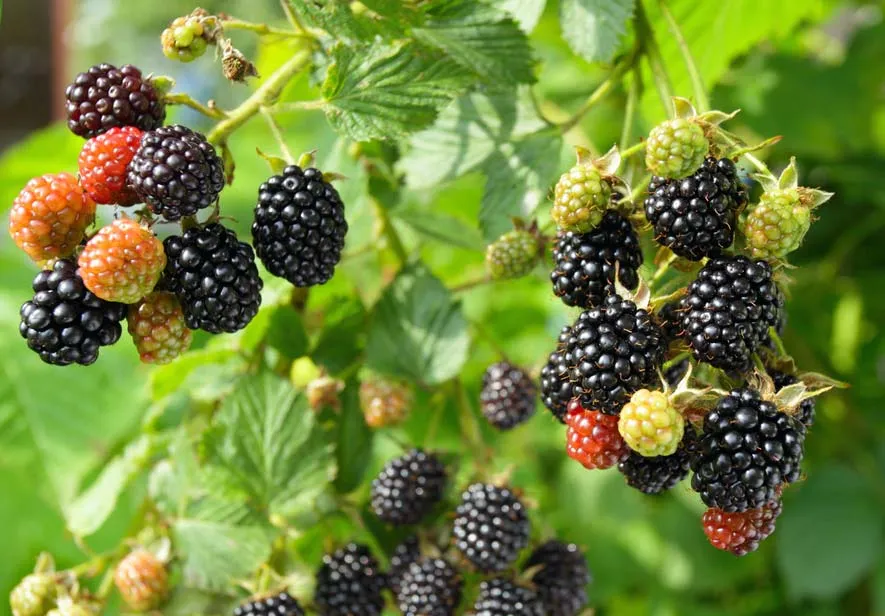
With rising health awareness, blackberries are expected to gain an even stronger presence in global diets. Trends such as:
- Organic berry farming – Growing demand for chemical-free produce.
- Value-added products – Smoothies, juices, nutraceuticals, and cosmetics.
- Expansion into Asia – China and India show growing potential for both production and consumption.
Mexico is likely to maintain its lead due to established infrastructure and market dominance, but secondary producers will continue to thrive in niche markets, particularly in frozen and processed forms.
Conclusion
So, which country produces the most blackberries globally? Without a doubt, Mexico stands as the world leader, supplying the majority of fresh blackberries to global markets, especially North America. Its ideal climate, advanced farming methods, and strong export focus have allowed it to outpace competitors.
Other nations like the United States, Serbia, Poland, Chile, and China also play vital roles, ensuring that fresh and processed blackberries remain available to consumers worldwide. As health trends grow and demand continues to rise, the blackberry industry is poised for even greater expansion in the years ahead.
Blackberries are more than just a delicious fruit—they are a global agricultural powerhouse, with Mexico at its heart.
